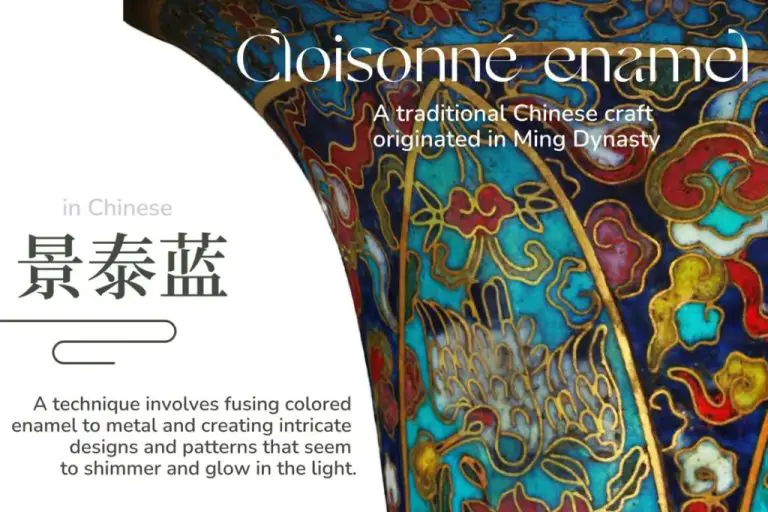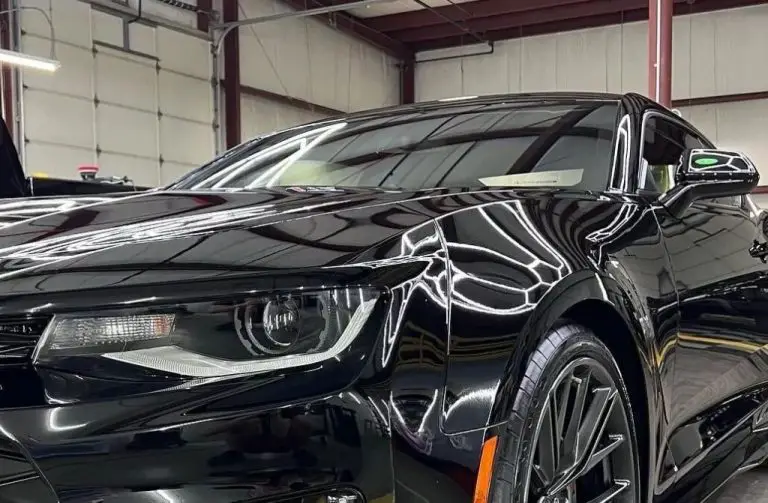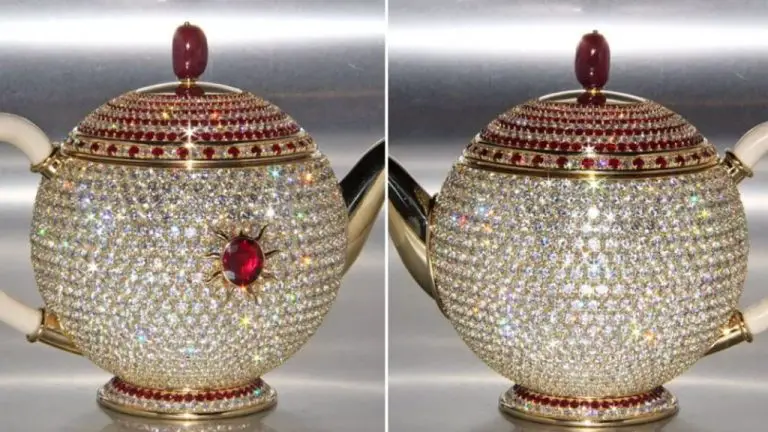What Is Fusing Glass Art?
What is Glass Fusing?
Glass fusing is a technique of fusing together separate pieces of glass to create a cohesive design or object. It involves using a kiln to heat the glass to high temperatures, allowing the edges and surfaces to melt and fuse together. Most glass fusing projects use special art glass that is formulated to melt smoothly at certain temperatures.
The history of glass fusing dates back thousands of years. The ancient Egyptians and Romans used early kiln techniques to fuse glass. But it wasn’t until the 1960s that glass fusing became widely practiced as an art form. Early pioneers of the contemporary glass fusion movement experimented with fusing scrap and waste glass using small hobby kilns. Today glass fusing remains a popular technique to create jewelry, dishes, sculptures, and other decorative glass artworks.
How Does Glass Fusing Work?
Glass fusing involves heating pieces of glass to high temperatures which causes them to melt together and create a finished fused glass product. The glass is placed into a kiln and heated to temperatures between 1250-1450°F, which is the fusing range for most glass types used in this process. At these high temperatures, the glass softens and begins to shape together through gravity and surface tension. The edges of the glass pieces blend smoothly together at a molecular level, so there are no visible seams in the final artwork.
Fusible glass, or glass specifically designed for fusing, is used in this technique. When heated, it will melt and settle out at 2-3 mm in thickness. So fusing two or more layers of glass together results in a thicker fused glass piece. The glass moves and conforms during firing into a cohesive design. Simple shapes and pieces can be arranged before firing, or more advanced techniques like frit, powders, stringers and painting can be used to create intricate patterns and imagery.(1) After firing, the fused glass has an elegant glossy finish.
The firing schedule or heating stages are important in glass fusing. The glass is heated up and soaked at certain temperatures to shape properly, anneal for strength, and then cooled down slowly. The kiln firing and timing takes the glass through the stages of melting, conforming, annealing, and cooling. With the right fusible glass and firing, the pieces will slump and move together into a translucent solid glass object with no evidence it was ever separate pieces.(2)
Tools and Equipment for Fusing Glass
There are several essential tools needed to fuse glass successfully. The most important is the kiln, which is an oven designed to withstand the high temperatures needed to fuse glass together. Kilns allow glass fusing artists to control the heating and cooling process precisely. Top-quality kilns like Olympic or Paragon can reach temperatures over 1500°F.
Another vital tool is the glass cutter, which scores and breaks glass to the desired shape and size. Favored by fused glass artists are quality cutters like Toyo or Fletcher, which produce clean, accurate cuts in glass. Proper glasscutting pliers like Grobet USA Flat-Jaw Pliers help break off glass pieces cleanly after scoring.
Fusing glass requires special trays and mold forms made of stainless steel, ceramic fiber paper, or kiln furniture to contain the glass pieces while firing. These kiln accessories are designed to withstand high heat and offer smooth surfaces. Popular brands include Warp Star and Thinfire.
Other helpful equipment includes glass grinders to smooth sharp edges, safety gear like kiln gloves and glasses, glass cleaning and prep supplies, and specialty tools like glass rollers or tweezers. With the right high-quality tools and practice, fused glass artists can safely create stunning kiln-fired glass projects.(1)
Types of Glass Used for Fusing
There are several types of glass that can be used for fusing projects. The main types are:
Borosilicate Glass
Borosilicate glass is one of the most popular types of glass for fusing. It has a low coefficient of expansion, which means it can withstand rapid temperature changes without cracking. Borosilicate glass is often used for functional items like dishes, because it is durable and withstands thermal shock. Some common brands of borosilicate glass include Pyrex and Simax (Source).
Lead Crystal Glass
Lead crystal glass contains lead oxide, which gives it a high refractive index and makes it sparkle. However, it has a high coefficient of expansion compared to borosilicate. Lead crystal glass requires special care when fusing to prevent cracking. It is often used sparingly to add accents to a design (Source).
Float Glass
Float glass refers to standard glass made using the float process, which creates a smooth surface. Float glass is less expensive than borosilicate or lead crystal glass, but it also has a higher coefficient of expansion. When fusing float glass, it’s important to use compatible COE 96 glass and proper ramp speeds to avoid cracking and breaking.
Understanding the different properties of glass types is essential for successful fusing projects. Choosing the right compatibility of glass makes a big difference in the final results.
Fused Glass Techniques
There are several main techniques used in fused glass art:
Full Fuse
A full fuse involves heating glass pieces in a kiln to around 1480°F. At this temperature, the glass pieces soften and fuse together into one solid piece. This creates a smooth, glossy surface. See examples of full fused glass art.
Tack Fuse
A tack fuse involves heating glass to around 1300°F – 1400°F. At this temperature, the glass pieces partially fuse together but still maintain their shape and texture. This creates an iridescent, cracked ice appearance. Tack fusing is commonly used for jewelry pendants and dishes.
Slumping
Slumping involves heating a flat fused glass piece over a mold to create a three dimensional shape. The glass softens just enough to sag and conform to the mold. Slumping molds come in many shapes like bowls, plates, and platters.
Casting
Casting uses a refractory mold that can withstand very high temperatures. Finely crushed glass is placed in the mold and heated until molten, forming an exact cast of the mold. Cast glass has an antique, organic look.
Fused Glass Projects for Beginners
When first getting started with fused glass, it’s best to begin with simple projects using basic techniques. This allows you to become comfortable with the glass fusing process before moving onto more advanced pieces.

Some easy beginner fused glass projects include:
- Coasters – Fusing squares or circles of glass to create decorative coasters is a classic beginner project. Arrange pieces of different colored glass and frit in fun patterns. Metal inclusions like dichroic glass can also add interest. See this video for inspiration: Bottle Crafts
- Sun catchers – Fuse pieces of stained glass in geometric shapes or patterns to hang in your window. The glass will catch the light beautifully. Check out this sun catcher pattern idea: Pinterest Inspiration
- Plates – Fuse glass disks or squares to create decorative plates. These can make great gifts. Add textures like frit, stringers or powders. Get inspired by these beginner plate projects: Susan Bowen’s Pins
The key with beginner projects is to keep the design simple. Focus on neatness and symmetry. Mastering basic skills will give you confidence for more advanced fused glass art.
Advanced Fused Glass Projects
Experienced glass fusers can create intricate and beautiful works of art by mastering more complex techniques. Some common advanced fused glass projects include:
Jewelry
Glass jewelry like pendants, beads, and rings require working on a smaller scale. Skilled fusers use fine powders, frit, stringers, and tiny cut pieces to construct stunning jewelry pieces. Proper firing schedules are key to avoiding cracks or breaks in small items (source).
Sculpture
Glass sculptures involve stacking, slumping, and manipulating multiple glass pieces over specialty molds to create 3D works of art. This requires planning the firing schedule and mold shapes across several firings. The end result can be breathtaking glass sculptures from flowing organic shapes to geometric patterns (source).
Windows
Leading and glass cutting skills allow fusers to create custom stained glass windows, lamps, and more. Advanced projects may use copper foil, leading, and soldering to combine hundreds of glass pieces into intricate windows. Light boxes and sandblasting add creative touches (source).
Bowls
Layering colored glass bits, frit, and stringers in creative patterns results in stunning bowl designs when fired. Advanced techniques like carving, slumping over a custom mold, or adding inclusions create one-of-a-kind bowl pieces (source).
Tips for Successful Fused Glass
Proper glass preparation is crucial for fused glass success. Make sure glass pieces are clean and free of oils before firing. Use a glass grinder to smooth any sharp edges. Arrange pieces cleanly with space between them to allow for expansion. Keep compatible COE glass together.
Follow recommended firing schedules carefully. Rapid heating or cooling can cause breaks or cracks. Heat glass slowly to 1450°F, holding for 30 minutes. Then, anneal by cooling to 960°F before a slow cooldown. Keep detailed notes on firing times and temperatures.
Troubleshoot issues like bubbles, scratches, breaks, or unwanted texture. Bubbles can occur from underfiring, contaminated glass, or trapped air. Scratches may happen from poor grinding or substrate handling. Breaks and cracks often result from incompatible glass or fast temperature changes. Re-firing with variances can reduce unwanted texture.
For best results, keep glass very clean, use optimal firing schedules, and adjust as needed. Patience and practice lead to improved fusing technique over time. As cited from https://www.tiktok.com/discover/fused-glass-hacks and https://www.instagram.com/nomisglassart/?next=%2Fnayle_gonzalez_%2F&hl=es-la, firing glass properly maximizes artistic vision.
Selling and Marketing Fused Glass
Fused glass artists have many options when it comes to selling and marketing their work. Setting up an online shop is one great way to reach a wide audience of potential buyers. Sites like Etsy and Artfire make it easy for glass artists to open their own online storefront.
Participating in local art and craft shows is another excellent opportunity to display and sell fused glass creations. Outdoor markets like the Holiday Market allow artists to interact with customers face-to-face and explain the glass fusing process. Booking a spot at indoor art exhibitions and gallery shows provides more formal venues to showcase work.
When pricing fused glass pieces, artists should account for the cost of materials, the difficulty and time required, as well as standards for similar work. Unique, custom, or large-scale pieces can be priced higher. Offering a range of affordable and higher-end options appeals to a broader clientele. Promotions like sales and special discounts help attract buyers.
The Future of Glass Fusing
The art of fusing glass is constantly evolving as artists innovate new techniques and explore new applications for fused glass. According to the Future of Glass Art Industry report, some key innovations shaping the future of fused glass include:
New firing techniques – Artists are experimenting with firing glass in kilns with programmed heating and cooling cycles to achieve more vibrant colors and textures.
Combining fused glass with other materials – Fused glass is being incorporated into mixed media artworks with wood, metal, and other materials for unique sculptural effects.
3D and geometric fused glass – New techniques allow artists to shape and mold glass into 3D and geometric forms during the fusing process.
Custom architectural projects – There is growing demand for large-scale custom fused glass installations in architectural projects like hotels, restaurants, and public spaces.
Smart home technology – Fused glass can be integrated into smart home tech, like glass touchscreens, illuminated glass walls, and interactive glass displays.
As glass fusing technology progresses, artists will continue pushing the boundaries of what’s possible with this versatile medium. The art glass market is predicted to see steady growth in the coming years according to market research from LinkedIn, driven by innovations in fused glass and other glass art forms.




